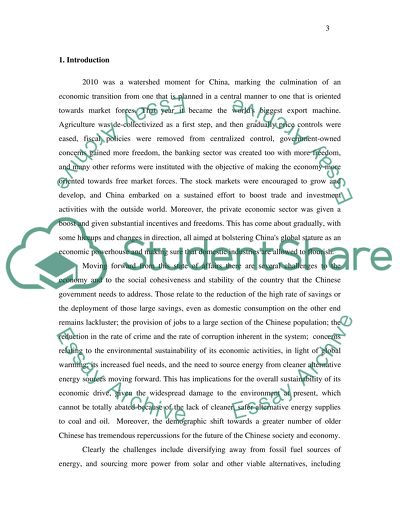Cite this document
(“China Essay Example | Topics and Well Written Essays - 3250 words”, n.d.)
China Essay Example | Topics and Well Written Essays - 3250 words. Retrieved from https://studentshare.org/macro-microeconomics/1661673-china
China Essay Example | Topics and Well Written Essays - 3250 words. Retrieved from https://studentshare.org/macro-microeconomics/1661673-china
(China Essay Example | Topics and Well Written Essays - 3250 Words)
China Essay Example | Topics and Well Written Essays - 3250 Words. https://studentshare.org/macro-microeconomics/1661673-china.
China Essay Example | Topics and Well Written Essays - 3250 Words. https://studentshare.org/macro-microeconomics/1661673-china.
“China Essay Example | Topics and Well Written Essays - 3250 Words”, n.d. https://studentshare.org/macro-microeconomics/1661673-china.


